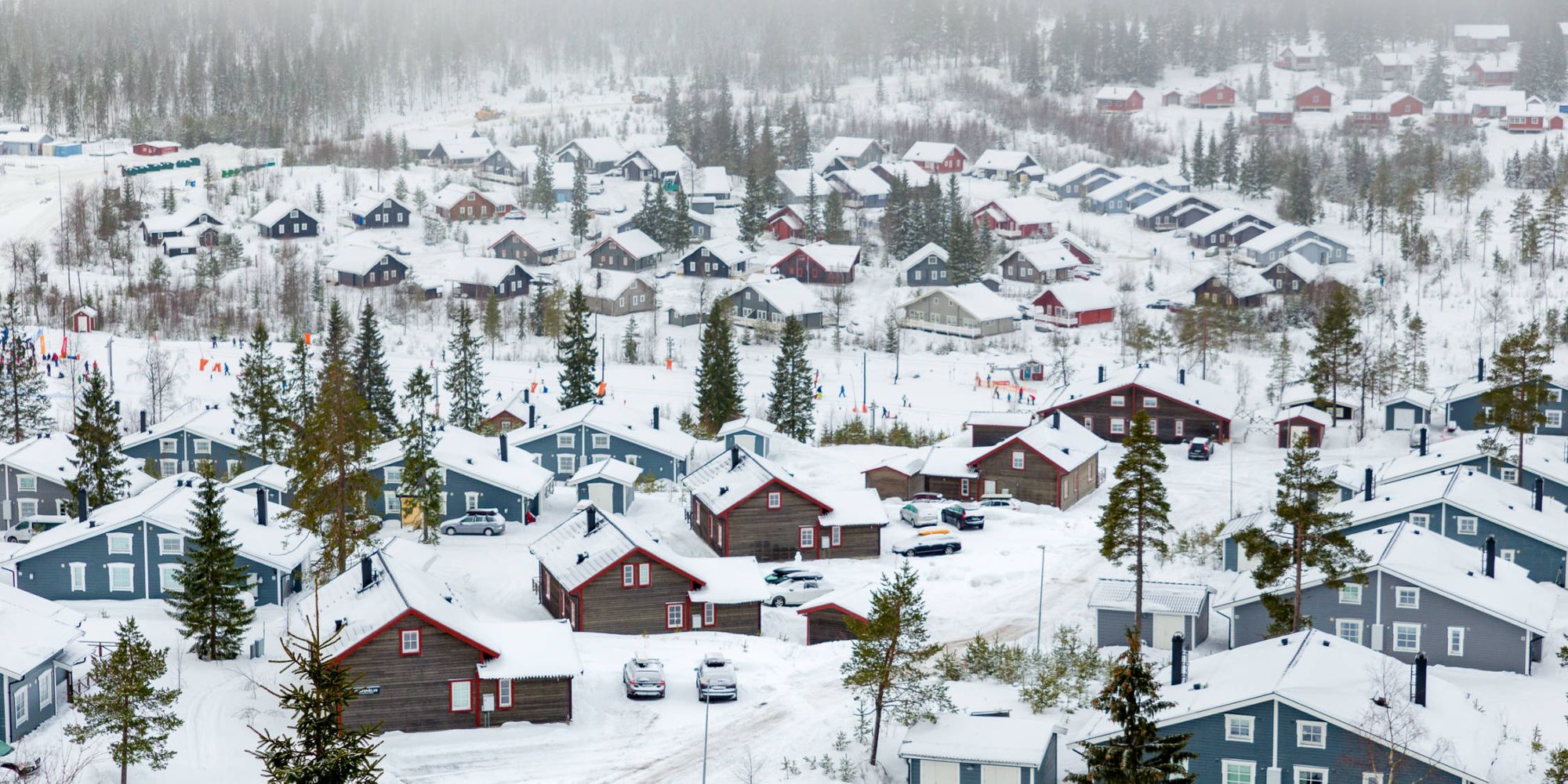8 ways to Winter-proof your home

Ah, Winter. The season of sweater weather, warm fires, and holiday cheer. This is also the season of freezing temperatures, wind, snow, ice, and sometimes blizzards. Brrr…
Therefore, as you’re preparing for the holiday festivities, don’t neglect to prepare your home for these cold conditions! Doing so will save you some costly home repairs, high utility bills, and a headache.
Whether you live in a single-family house, a townhome, or a condominium, take a few hours before the winter chill sets in to Winter-proof your home. Below are 8 actionable steps you can take to make sure your home is safe from old man Winter.
1. Seal the leaks
During the cold season, the goal is to keep the warm air in, and the cold air out. However, air leaks and cracks in some vital areas of your home could result in the opposite situation occurring. Therefore, be sure to check the following for any possible leaks, cracks, or drafts:
- Windows
- Exterior doors
- Air conditioning vents and fans
- Mail chutes
Areas where you do find leaks and drafts, use caulk and weather stripping to seal out the cold air. For any broken glass on windows, you’ll want to replace these and caulk as needed.
By preventing warm air from slipping out, and the cold air from outside taking its place, your heater won’t have to work as hard to warm up your home, saving you from a sky-high utility bill during the Winter months.
2. Protect the pipes
A burst pipe is just about the last thing you want to deal with. It’s messy and expensive to fix. Luckily, you can prevent this from happening by ensuring your pipes are kept nice and warm during icy weather.
Inside your home, you’ll want to insulate interior pipes that are typically unheated (i.e. garage, crawl spaces, cabinets, your attic). You can use things like a pipe sleeve, heat tape, or newspaper to insulate your pipes. For the areas that supply water to the exterior of your home (outdoor faucets and hoses, swimming pool lines, sprinkler systems, etc.) you’ll want to drain the water from them to prevent any frozen pipes. Plan for your sprinkler system to be turned off and the system blown out with compressed air. Garden hoses should be removed from outdoor faucets, drained, and stored away from the outside elements.
3. Clear the yard
While you’re outside, take care to make sure your lawn is also prepped. Any outdoor plants that are not tolerant of cold temperatures will need to be relocated indoors for the Winter season. Typically, you’ll want to do this before the temperature dips below 45℉ or 7℃. Clear any debris and leaves on the grass to ensure there is proper drainage for melting snow and ice.
Do you have any threatening tree branches hanging near your home? You’ll want to take the time to trim these back to avoid a snow, or ice, heavy branch from breaking off and damaging your home.
4. Clean the gutters
Your gutters are there to ensure water is drained away from your roof and your home. However, if they’re clogged they are more apt to freeze during the cold season causing blockages. These blocks could potentially cause major damage to your roof and your home’s foundation. To avoid this, clear the gutters of leaves and other debris.
5. Inspect the roof
Evaluate your roof for loose shingles and possible areas where ice dams can form. Ice dams are the pesky chunks of ice and snow that form along the margins of your roof during freezing weather, which can then melt from heat escaping your home and seep in causing water damage.
To prevent this from happening, you’ll want to check to make sure your attic is properly insulated to seal heat in your living areas and well ventilated to allow cold air into the attic. This will help to keep warm air from escaping your home and melting ice on the roof.
6. Chimney sweep
Looking to cozy up next to the fire this Winter season? First, you’ll want to make sure everything is working properly to avoid a potential fire hazard. If you have a wood burning fireplace, you’ll want to check to see that your chimney is not blocked or damaged. You can clean this yourself or hire a chimney cleaning company to make sure everything is in order and safe to use.
7. Check the heating system
Taking the time to have your HVAC system checked-up on could save your family from a cold Winter. You’ll want to have your heating system checked at least once a year, especially if it is run by oil or gas. To ensure your home stays warm all Winter long, make sure that the following are in order:
- Your pipes are insulated.
- Your hot water cylinder is wrapped in an insulation jacket.
- The boiler is working properly and is turned on.
- An old boiler is cleaned of dirt and black sludge that may have accumulated.
8. Stock up on necessities
With Winter having unpredictable and severe weather at times, prepare for the season by stocking up on basic supplies before you’ll need them. This could include basic food items, batteries, flashlights, toiletries, water, and anything else your family will need to stay cozy in the event of a storm or power outage.
Make a list and check it twice
To easily accomplish these tasks, you may want to create a list that breaks these down into actionable steps. By doing so you can prioritize certain tasks, keep track of what you’ve accomplished, plan to do these around your holiday festivities, and keep yourself from being overwhelmed by a long to-do list!
Either way, taking the time to complete these tasks will be well worth it when you're curled up next to the fire, with peace of mind that your home is safe and ready to endure the cold Winter season.

